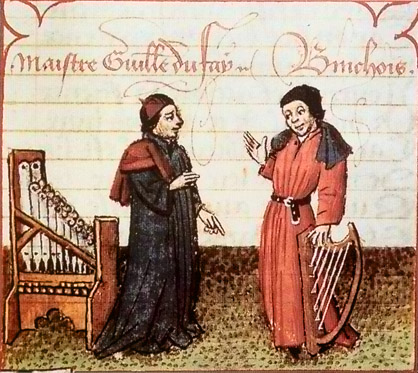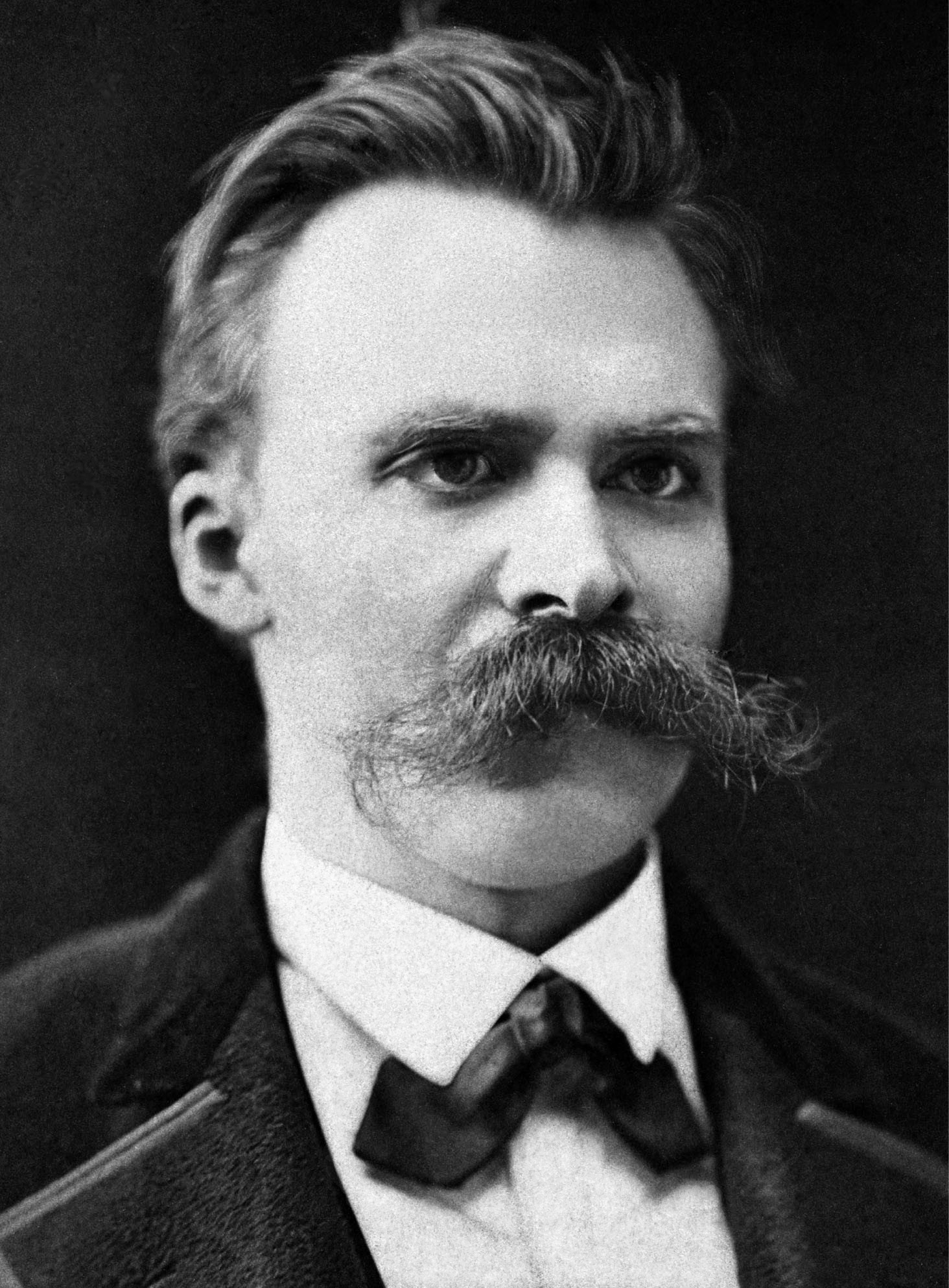|
Guillaume De La Perrière
Guillaume de La Perrière (1499/1503 in Toulouse – 1565) was one of the earliest French writers of emblem books. His work is often associated with the French Renaissance. La Perrière chronicled events in his home city of Toulouse. His best known work is ''Le Théâtre des bons engins'', published in Paris in 1539, and was edited in later editions, published in 1540 and 1585. More recently, La Perrière's ''Le miroir politique'' (1555) has received attention, thanks to the work of Michel Foucault. Foucault identifies the work of La Perriere as belonging to Early Modern France and foreshadowing discourses of governmentality. Images from ''Le Théâtre des Bons Engins'' Six pages from the 1545 edition. Image:Guillaume de La Perrière - Le Théâtre des bons engins XVI.jpg, XVI. ''Difficile est de voir femme sans tête.'' Image:Guillaume de La Perrière - Le Théâtre des bons engins XLVII.jpg, XLVIII. ''Châtier faut les enfants en jeune âge.'' Image:Guillaume de La Perri� ... [...More Info...] [...Related Items...] OR: [Wikipedia] [Google] [Baidu] |
Toulouse
Toulouse (, ; ; ) is a city in southern France, the Prefectures in France, prefecture of the Haute-Garonne department and of the Occitania (administrative region), Occitania region. The city is on the banks of the Garonne, River Garonne, from the Mediterranean Sea, from the Atlantic Ocean and from Paris. It is the List of communes in France with over 20,000 inhabitants, fourth-largest city in France after Paris, Marseille and Lyon, with 511,684 inhabitants within its municipal boundaries (2022); its Functional area (France), metropolitan area has a population of 1,513,396 inhabitants (2022). Toulouse is the central city of one of the 22 Métropole, metropolitan councils of France. Between the 2014 and 2020 censuses, its metropolitan area was the third fastest growing among metropolitan areas larger than 500,000 inhabitants in France. Toulouse is the centre of the European aerospace industry, with the headquarters of Airbus, the SPOT (satellites), SPOT satellite system, ATR ( ... [...More Info...] [...Related Items...] OR: [Wikipedia] [Google] [Baidu] |
Emblem Book
An emblem book is a book collecting emblems (allegorical illustrations) with accompanying explanatory text, typically morals or poems. This category of books was popular in Europe during the 16th and 17th centuries. Emblem books are collections of sets of three elements: an icon or image, a motto, and text explaining the connection between the image and motto. The text ranged in length from a few lines of verse to pages of prose. Emblem books descended from medieval bestiaries that explained the importance of animals, proverbs, and fables. In fact, writers often drew inspiration from Greek and Roman sources such as Aesop's Fables and Plutarch's Lives. Definition Scholars differ on the key question of whether the actual emblems in question are the visual images, the accompanying texts, or the combination of the two. This is understandable, given that first emblem book, the '' Emblemata'' of Andrea Alciato, was first issued in an unauthorized edition in which the woodcuts ... [...More Info...] [...Related Items...] OR: [Wikipedia] [Google] [Baidu] |
French Renaissance
The French Renaissance was the cultural and artistic movement in France between the 15th and early 17th centuries. The period is associated with the pan-European Renaissance, a word first used by the French historian Jules Michelet to define the artistic and cultural "rebirth" of Europe. Notable developments during the French Renaissance include the spread of humanism, early exploration of the "New World" (as New France by Giovanni da Verrazzano and Jacques Cartier); the development of new techniques and artistic forms in the fields of printing, architecture, painting, sculpture, music, the sciences and literature; and the elaboration of new codes of sociability, etiquette and discourse. The French Renaissance traditionally extends from (roughly) the 1494 French invasion of Italy during the reign of Charles VIII until the 1610 death of Henry IV, with an apex during the 1515–1559 reigns of Francis I and Henry II. This chronology notwithstanding, certain artistic, tec ... [...More Info...] [...Related Items...] OR: [Wikipedia] [Google] [Baidu] |
Paris
Paris () is the Capital city, capital and List of communes in France with over 20,000 inhabitants, largest city of France. With an estimated population of 2,048,472 residents in January 2025 in an area of more than , Paris is the List of cities in the European Union by population within city limits, fourth-most populous city in the European Union and the List of cities proper by population density, 30th most densely populated city in the world in 2022. Since the 17th century, Paris has been one of the world's major centres of finance, diplomacy, commerce, culture, Fashion capital, fashion, and gastronomy. Because of its leading role in the French art, arts and Science and technology in France, sciences and its early adoption of extensive street lighting, Paris became known as the City of Light in the 19th century. The City of Paris is the centre of the Île-de-France region, or Paris Region, with an official estimated population of 12,271,794 inhabitants in January 2023, or ... [...More Info...] [...Related Items...] OR: [Wikipedia] [Google] [Baidu] |
Michel Foucault
Paul-Michel Foucault ( , ; ; 15 October 192625 June 1984) was a French History of ideas, historian of ideas and Philosophy, philosopher who was also an author, Literary criticism, literary critic, Activism, political activist, and teacher. Foucault's theories primarily addressed the relationships between Power (social and political), power versus knowledge and liberty, and he analyzed how they are used as a form of social control through multiple institutions. Though often cited as a Structuralism, structuralist and Postmodernism, postmodernist, Foucault rejected these labels and sought to critique authority without limits on himself. His thought has influenced academics within a large number of contrasting areas of study, with this especially including those working in anthropology, communication studies, criminology, cultural studies, feminism, literary theory, psychology, and sociology. His efforts against homophobia and racial prejudice as well as against other Ideology, id ... [...More Info...] [...Related Items...] OR: [Wikipedia] [Google] [Baidu] |
Early Modern France
The Kingdom of France in the early modern period, from the French Renaissance, Renaissance () to the French Revolution, Revolution (1789–1804), was a monarchy ruled by the House of Bourbon (a Capetian dynasty, Capetian cadet branch). This corresponds to the so-called ''Ancien Régime'' ("old rule"). The territory of France during this period territorial evolution of France, increased until it included essentially the extent of the France, modern country, and it also included the territories of the French colonization of the Americas, first French colonial empire overseas. The period is dominated by the figure of the "Sun King", Louis XIV (his reign of 1643–1715 being one of the List of longest-reigning monarchs, longest in history), who managed to eliminate the remnants of medieval France, medieval feudalism and established a centralized government, centralized state under an absolute monarchy, absolute monarch, a system that would endure until the French Revolution and First ... [...More Info...] [...Related Items...] OR: [Wikipedia] [Google] [Baidu] |
Governmentality
Governmentality is a theory of power developed by French philosopher Michel Foucault, which analyses ''governmental" power through both the power states have over the population and the means by which subjects govern themselves. As a form of power, governmentality differs from state discipline or punishment, which relies upon coercion to force individuals into specific action. Rather, governmentality also comprises the power that individuals have within a population to self-govern, which the state may influence or guide through non-coercive means such as education. The concept of governmentality have found application and reception in the fields of anthropology, history, law, philosophy, political science, and sociology. Prominent scholars include Peter Miller, Nikolas Rose and Mitchell Dean. History The concept of "governmentality" was developed by Michel Foucault roughly between 1977 and his death in 1984, particularly in his lectures at the Collège de France during this ... [...More Info...] [...Related Items...] OR: [Wikipedia] [Google] [Baidu] |
16th-century French Philosophers
The 16th century began with the Julian year 1501 (represented by the Roman numerals MDI) and ended with either the Julian or the Gregorian year 1600 (MDC), depending on the reckoning used (the Gregorian calendar introduced a lapse of 10 days in October 1582). The Renaissance in Italy and Europe saw the emergence of important artists, authors and scientists, and led to the foundation of important subjects which include accounting and political science. Copernicus proposed the heliocentric universe, which was met with strong resistance, and Tycho Brahe refuted the theory of celestial spheres through observational measurement of the 1572 appearance of a Milky Way supernova. These events directly challenged the long-held notion of an immutable universe supported by Ptolemy and Aristotle, and led to major revolutions in astronomy and science. Galileo Galilei became a champion of the new sciences, invented the first thermometer and made substantial contributions in the fields of phy ... [...More Info...] [...Related Items...] OR: [Wikipedia] [Google] [Baidu] |
French Renaissance Humanists
French may refer to: * Something of, from, or related to France ** French language, which originated in France ** French people, a nation and ethnic group ** French cuisine, cooking traditions and practices Arts and media * The French (band), a British rock band * "French" (episode), a live-action episode of ''The Super Mario Bros. Super Show!'' * ''Française'' (film), a 2008 film * French Stewart (born 1964), American actor Other uses * French (surname), a surname (including a list of people with the name) * French (tunic), a type of military jacket or tunic * French's, an American brand of mustard condiment * French (catheter scale), a unit of measurement * French Defence, a chess opening * French kiss, a type of kiss See also * France (other) * Franch, a surname * French Revolution (other) * French River (other), several rivers and other places * Frenching (other) * Justice French (other) Justice French may refer to: * C. G ... [...More Info...] [...Related Items...] OR: [Wikipedia] [Google] [Baidu] |
16th-century French Writers
The 16th century began with the Julian calendar, Julian year 1501 (represented by the Roman numerals MDI) and ended with either the Julian or the Gregorian calendar, Gregorian year 1600 (MDC), depending on the reckoning used (the Gregorian calendar introduced a lapse of 10 days in October 1582). The Renaissance in Italy and Europe saw the emergence of important artists, authors and scientists, and led to the foundation of important subjects which include accounting and political science. Copernicus proposed the Copernican heliocentrism, heliocentric universe, which was met with strong resistance, and Tycho Brahe refuted the theory of celestial spheres through observational measurement of the SN 1572, 1572 appearance of a Milky Way supernova. These events directly challenged the long-held notion of an immutable universe supported by Ptolemy and Aristotle, and led to major revolutions in astronomy and science. Galileo Galilei became a champion of the new sciences, invented the first ... [...More Info...] [...Related Items...] OR: [Wikipedia] [Google] [Baidu] |





